
![]()
It’s common knowledge that being an artist—and trying to turn art into a profitable career—is one of the most challenging pursuits a person could undertake. But for many artists, there is no other option than to make it work, one way or another.
Kevin Holliday is a black and white minimalist photographer currently based out of Charleston, South Carolina. His fine art photographs are known to cause feelings of intrigue, of solace, forming emotions within the viewer that he/she did not know even existed. Through the use of long exposure times and carefully curated post-processing techniques, along with masterful control over composition and an eye for subjects often passed-by, Kevin manages to create beautiful pieces of art that transport the viewer to another world entirely.
But his work is just the baseline. What makes Kevin’s business so interesting is how he doesn’t rely on galleries or art fairs to sell that work. Instead, he has chosen to work with interior designers to sell his art, as they already have the clientele.
While it is a lot of work, and a very slow process, this allows him the freedom he needs to continue creating.
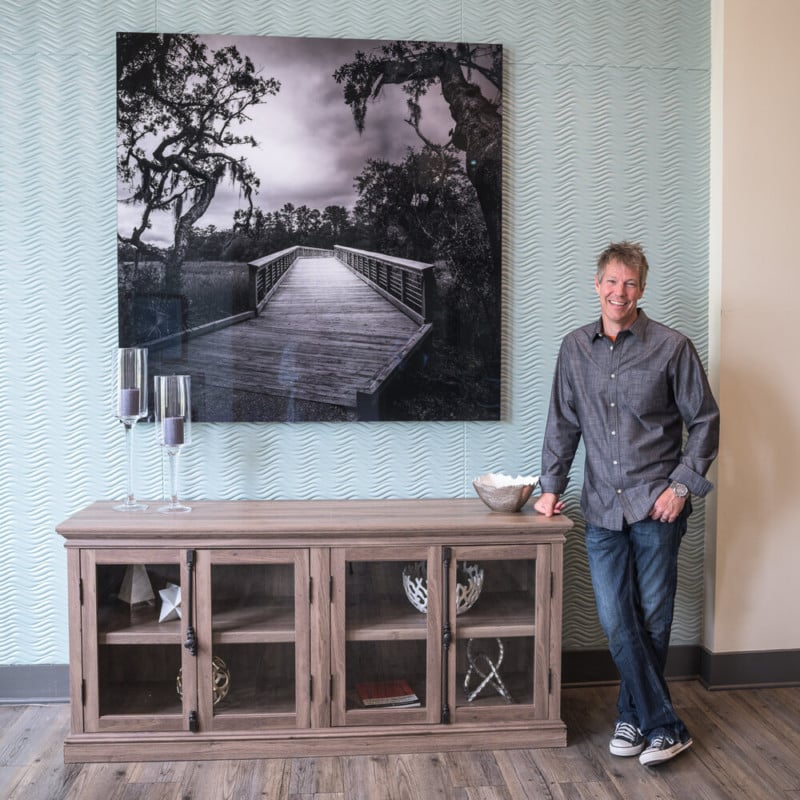
Finding Designers
As Kevin puts it, interior designers are “a dime-a-dozen.” He strongly recommends reaching out to whomever seems to fit well with the aesthetic of your artwork. For him, this means reaching out to those who design homes that are more modern where sleek black and white photographs will fit well within. His chances of selling work through these designers are much higher than if he were to try and sell through those who design more rustic, classical homes.
But this doesn’t mean you should be sending out emails to every interior designer in the country with crossed fingers that one or two will accept your work. Instead, Kevin believes it is best to work local first, finding designers that are in the same state or, better yet, the same city. This way you can suggest bringing in your artwork for them to see in-person, allowing them the opportunity to get a better idea of which homes it will fit in.
This also gives them the choice of having you deliver and hang your artwork in the client’s home, therefore saving the designer money. While having to go out and hang your work in someone else’s home may seem unfair, think of all the work that is being saved – that you no longer have to do – thanks to them selling your art for you to their client.
In order to find designers, Kevin suggests simply looking on review sites such as Yelp. Look through the top-rated designers in your area and read what other people have had to say about them. Pick a few from the list and head over to their website, taking a good look at the sort of work they do.
Be realistic about whether your artwork would fit in the homes they’ve designed in the past. Do these homes fit better with black and white photographs or with photographs that have saturated colors? Are the interiors more rustic or are they modern? If there happens to be art in the pictures of past designs, does your work fit as well? These are the sort of questions that need to be asked before an email is even drafted to be sent.
Just because interior designers can be found all over, it doesn’t mean you should be wasting your time sending hundreds of emails only to get one or two back.

Making Contact
Once a handful of interior designers have been found – and you believe that your art will fit with their design aesthetic – it’s time to make contact with them.
At one point, Kevin had a cookie cutter email that he would use to initiate contact, allowing him to send out a large number of emails in a quick manner which helped him to save time to work on marketing and post-processing. For those just starting out, creating a quick email such as Kevin’s isn’t too difficult.
First-and-foremost, you need to find an email address that will get you to the top of the design firm as quickly as possible. If you can, find the email that belongs to the CEO or lead designer. If it’s a sole designer, use whatever email is provided on the website.
In your email, start off by introducing yourself as a local artist. Explain to them that you are looking to throw your name into the mix of their resources with hopes of getting your artwork on the walls of homes and offices. So long as you can make the time to do it – and you should be, as this could be a very helpful step in the right direction – suggest to them that you stop by one day to show off your artwork.
Bringing them a small portfolio of your art will help them to better visualize the type of clients they should suggest you to. This also helps them to put a face to your name and create a more personable relationship between the two of you. Make sure that you provide them with a professional-looking website – one that is easy to navigate and is clean – and thank them for their time, even if they don’t ever get back to you.
A quick example email may look something like this:
Dear (Interior Design Firm),
I am Cody Schultz, a black and white nature photographer based out of the Philadelphia area. Recently I have begun wanting to get my artwork hung in homes and offices in the area, and I was hoping you would be able to help me do that. I’ve gone ahead and linked below my website where you can find more of my work, along with details on how it is printed and framed. If you have the time, I would love to meet with you in-person and share two recently finished pieces to help you get a better idea of what the final product looks like.
I look forward to working with you in the near future.
Best,
Cody Schultz
www.codyschultz.com
Drafting that took me about two minutes. From there, all I need to do is insert the design firm’s name and it’s ready to be sent. Simple as that.
The Process
So, you’ve emailed a designer, they’ve gotten back to you, a relationship with them has been formed, and they found a client that wants your art in their home. Now what?
First off, there may be some formal contracts that need to be signed to make your partnership official. What is included within the contracts ranges depending on the designer you are working with, with some designers not bothering with them at all. With that out of the way, Kevin describes the process as being “pretty straightforward.”
The designer will contact you to see about the availability of a certain piece – or possibly multiple pieces – that have been chosen by either the designer themselves or their client.
“We will discuss size and frame options,” Kevin explains, “and then they place the order with 50% payment initially and the other 50% due at delivery. We will arrange for either myself to do the delivery and installation, or I will drop the piece off at their office and they will have their installers do the work.”
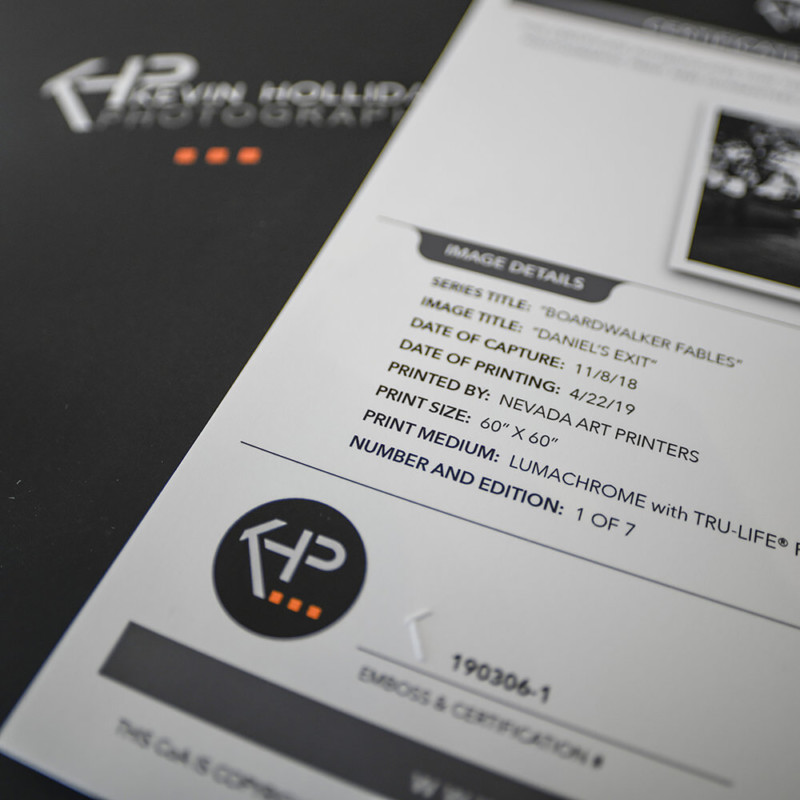
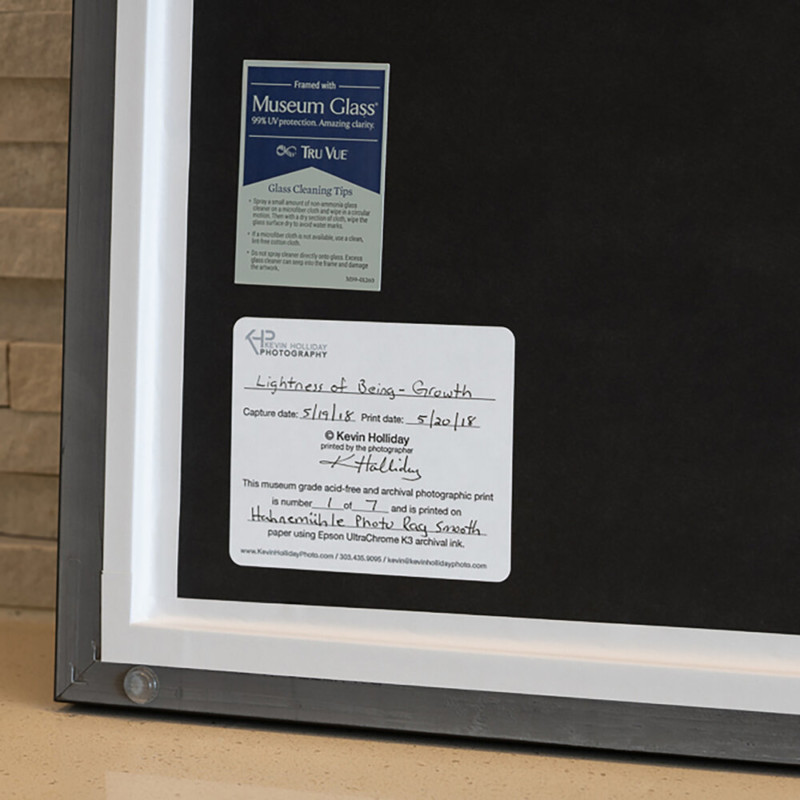

Kevin goes on to say that he rarely has contact with the client, only speaking with them if he is installing the piece in their home and they happen to be there. It is extremely important to never work out any side deals with the client, as this can completely destroy any relationship you have formed with the interior designer.
If the client decides to contact you, informing that they would like to purchase additional pieces of art from you, Kevin recommends telling them to let the interior designer know this. Just because the designer may not be taking commissions like a gallery would, it is important to maintain the same business principles. You must remember that the client came from the designer and, if it weren’t for the designer, the client may never have known about you and your work.
Only if the interior designer gives you their okay to do further business with their client after the first install, then by all means, sell more art to them directly. But make sure that you have their okay first.
“Never forget that your business is with
the interior designer first and foremost,
not the end client.”
As far as pricing is concerned, Kevin has it in his contract “that the interior designer is at no time allowed to charge more for the art than what [he] has specified.” Any commissions that are charged by the interior designer are paid out of his pocket and “the ‘loss’ in revenue is all part of doing business and written-off as a business expense come tax time.”
At first this may seem odd. Why wouldn’t you want to make sure you are making just as much money as you would have if you sold directly? Wouldn’t that be smarter? Not necessarily.
By maintaining the price of your work, you are ensuring that the end-buyer will never pay more simply because they purchased through a gallery or an interior designer rather than directly from you. The price is the same no matter what.
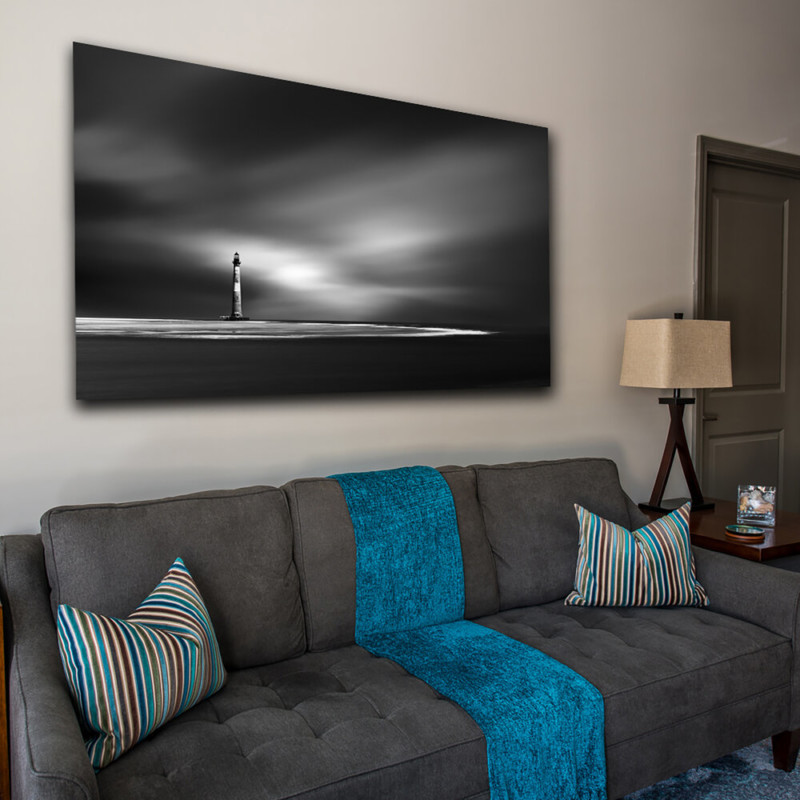
Pricing Your Work
Speaking of price, it is understood that determining the pricing of your artwork is perhaps the most challenging decision an artist can make when turning their craft into a business. Searching online, there are hundreds – if not thousands – of articles that attempt to help alleviate the stress of this.
These articles typically address at least two main ways to price artwork:
- Price based off cost
- Price based off personal value
Most artists typically begin pricing their work using a standard business formula of 100% markup. For those who don’t know, this means that if it costs $50 to create a piece of art, the art would be sold for $100 plus applicable tax. The artist will therefore make a $50 profit, with the other $50 covering the cost of making the art.
This also happens to be the method that Kevin Holliday had used for his work when he first started off. However, he now believes this is perhaps the worst method to use. He explained that it can be very damaging for artists, as there’s not much profit being had, and it can be very difficult to begin raising the price of the art in the future.
Furthermore, what happens when the cost of creating the art goes up? Does the price of the art raise as well? What if the cost of the materials is lessened? Does the price of the art decrease? Is it morally right to constantly be changing the prices of the art, simply because the cost of materials is being raised? Kevin believes not, saying that the cost of materials must be considered as the costs of doing business.
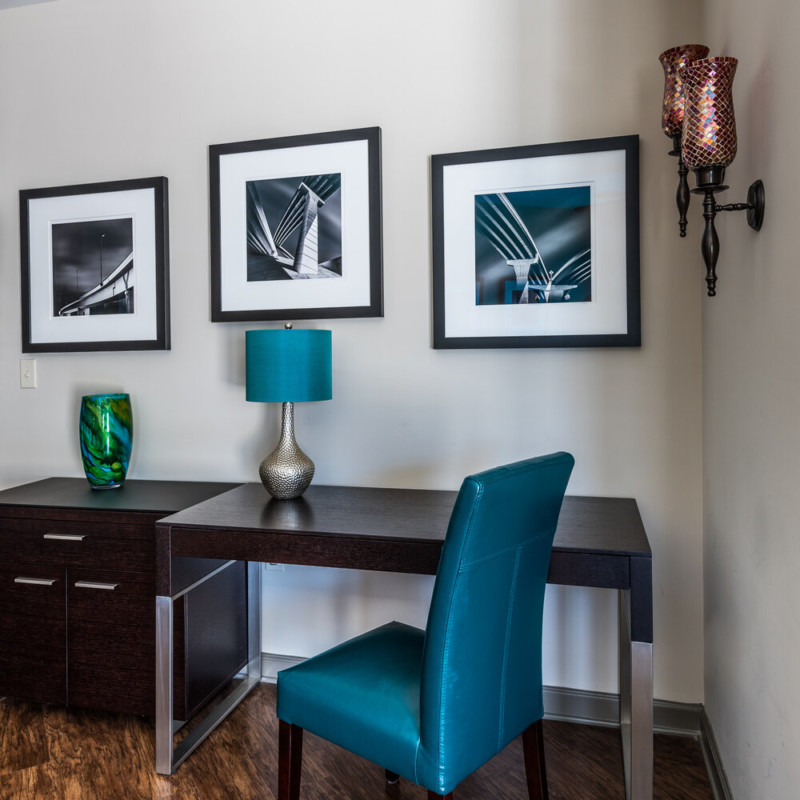
The method that Kevin believes to be best would be pricing the artwork based off the artist’s personal value. In other words, an artist must take a good, hard look at the quality of their work and determine what they feel it is worth. This does not mean that every artist should try selling their work for $10,000. Instead, it is essential to be realistic about what the art will sell for.
While Kevin believes it is essential for artists to set the bar high for their work, the fact of the matter is that the quality of the art makes a big difference. Trying to sell a small print for thousands of dollars when first starting out may not make as much sense as selling a larger piece for that amount. Kevin initially set his prices around $1,000 on the low end for his smallest pieces, his prices rising as the size of the piece did. At this price point, he felt as though he was still making a comfortable profit while maintaining both the value of his work and himself as an artist.
He also began 2020 by raising the price of his artwork by almost double. Why? Well, first off, his collectors were suggesting that he do so, and if the people who buy your art are telling you to raise your prices, you’d better listen. Just as important was that he had been in talks with multiple(!) art consultants, discussing his pricing structure, among other things. They, too, told him that his pricing needed to be raised, as his name as a quality fine art photographer is becoming more recognizable, his work is selling, and his collectors are suggesting it.
Kevin believes that, as an artist, you are selling a luxury product and must treat your artwork as such. The people who are looking to buy art are the people who enjoy spending money on the finer things in life. Make sure your art is of high quality and sales will come in time.

Final Words
Making a living as an artist is a daunting task, one that most artists unfortunately fail to make happen. There are hundreds upon hundreds of individuals trying to sell their artwork online, in galleries, through interior designers, and through art fairs every day. These artists price their work in various ways, with some making barely any profit while selling a ton, and others pricing their work much higher but selling only a few pieces a year.
Trying to figure out the correct way to market your work so that it sells is the greatest struggle.
Kevin suggests keeping your artwork and your marketing materials – from business cards to your website – consistent. For him, this means having his three orange dots against a dark gray background on all his business cards, his marketing material that he puts out on social media, and his website. When speaking at keynotes, he makes sure to have this combination of colors present in his clothing, wearing a gray shirt with an orange undershirt. All this goes to show the level of commitment that is needed to make this work.
All-in-all, I hope this article has helped you to better understand one of the many ways in which you can be selling your artwork. There are a multitude of options out there: you simply have to figure out the one that works best for you and stick with it.
Remember: this isn’t something that will happen overnight. If you are persistent and show the world your artwork—if you show the world that your work deserves to be seen—then you can make it happen. The art of selling art is perhaps the most difficult art form to understand, but it can be understood, and I hope this article helped with one aspect of this subject.
For more of Kevin’s gorgeous work, be sure to visit his website, and give him a follow on Instagram, and Facebook.

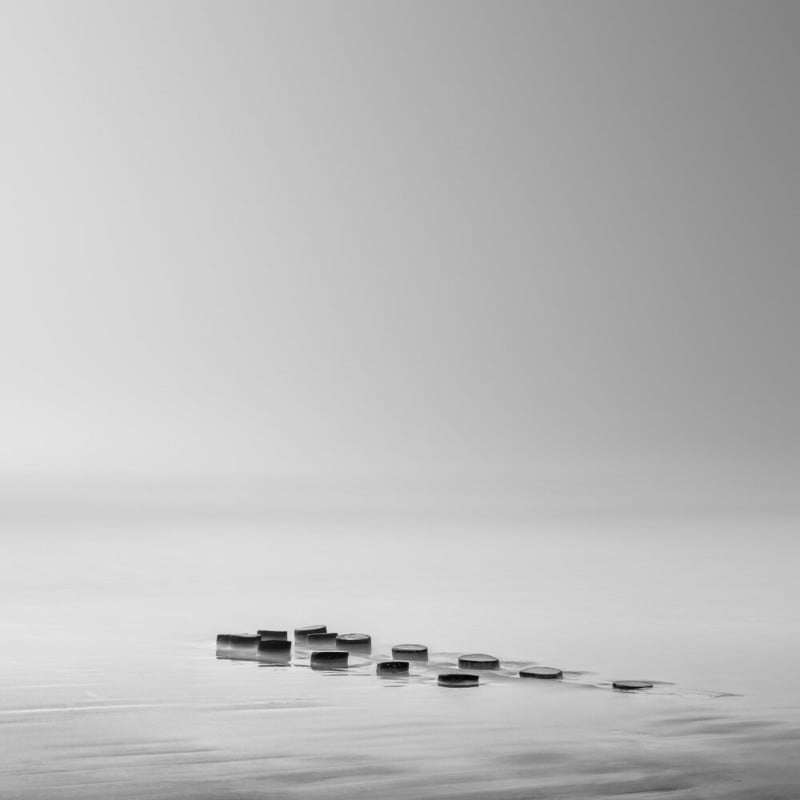
About the author: Cody Schultz is a fine art photographer based in Pennsylvania. The opinions expressed in this article are solely those of the author and interviewees. You can find more of Schultz’s work on his website and Instagram. This article was also published here.

